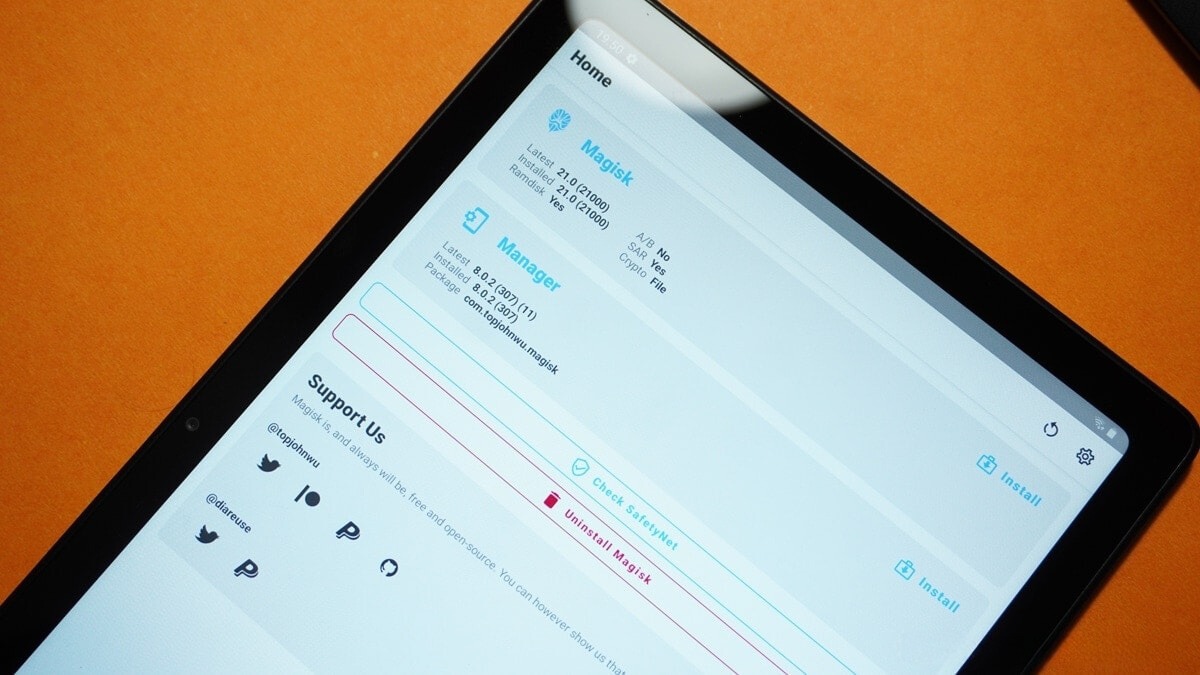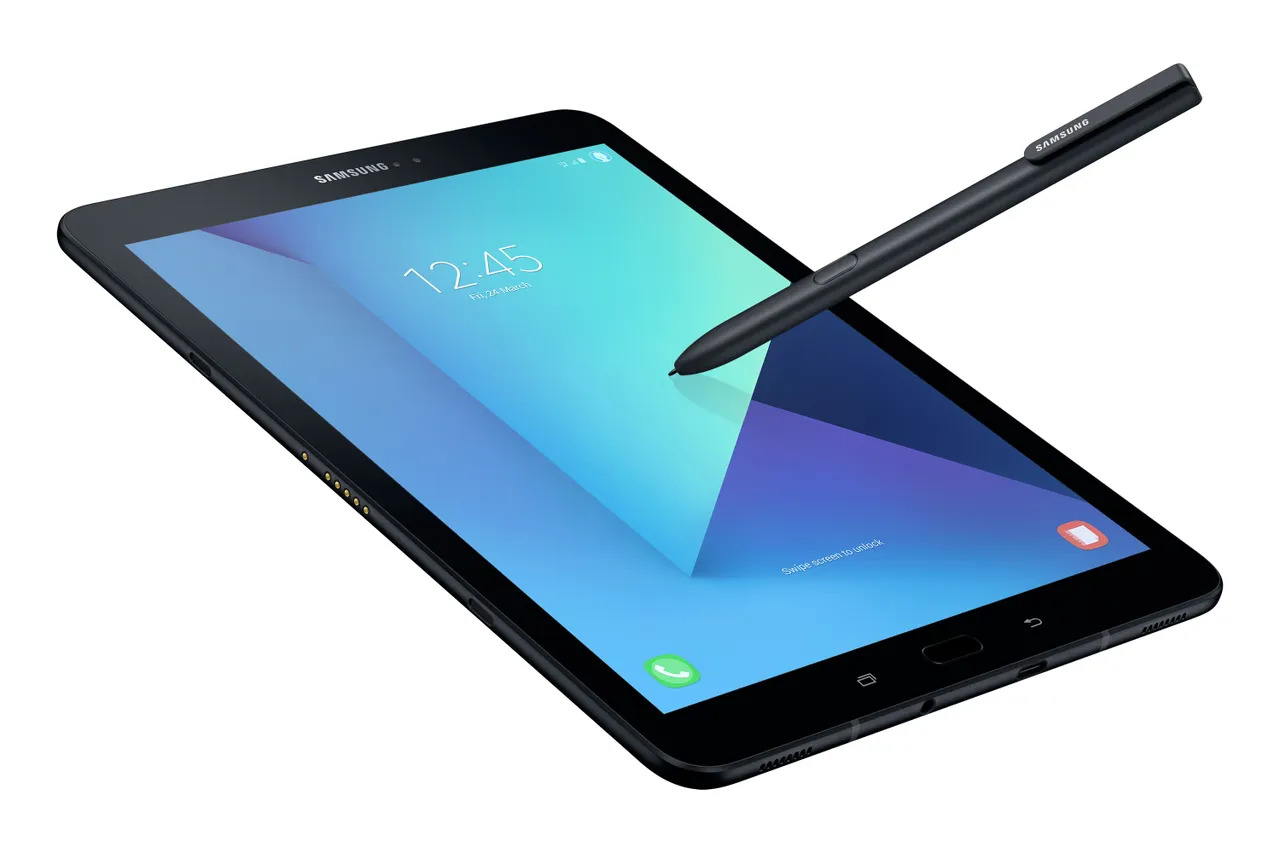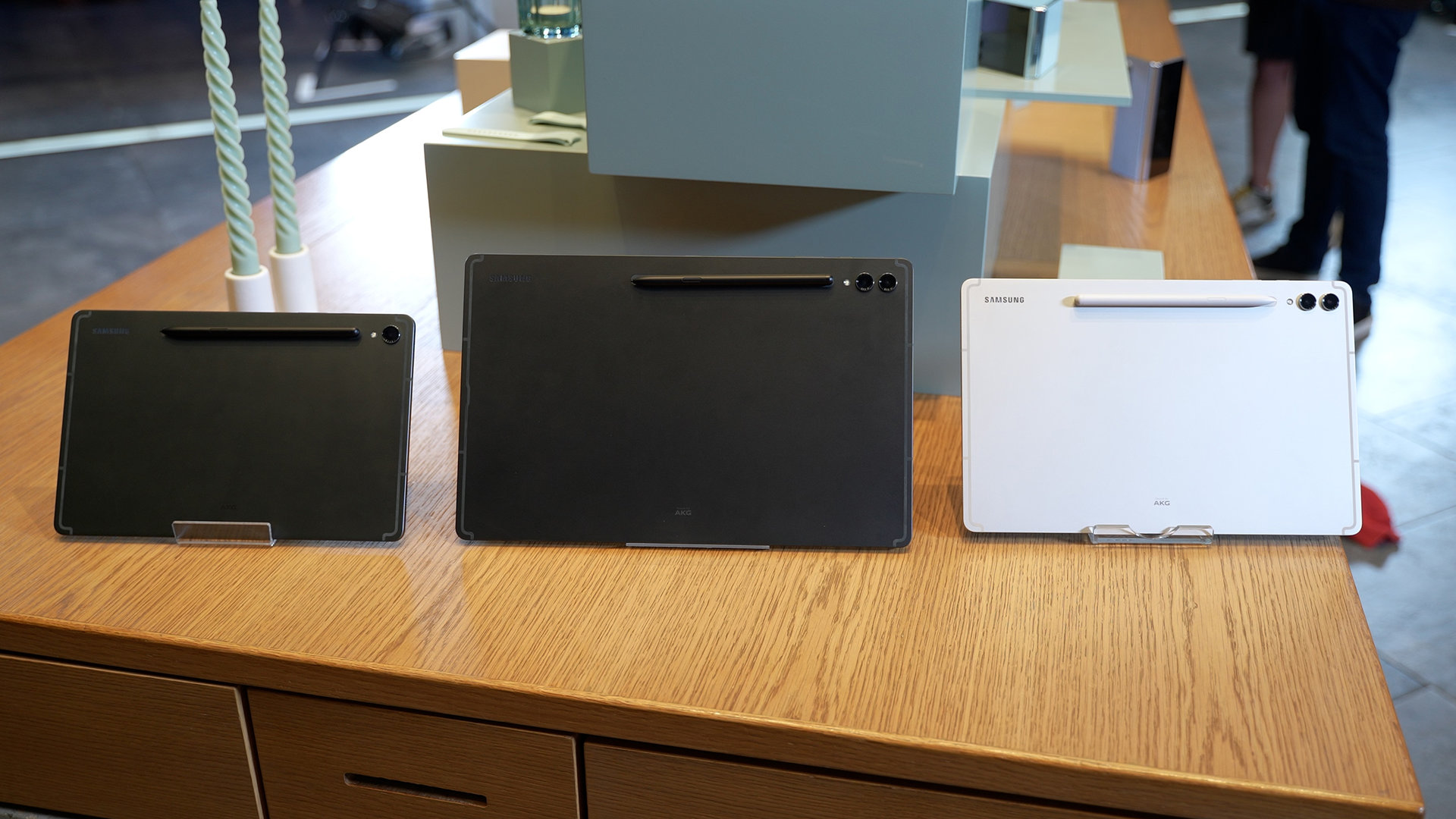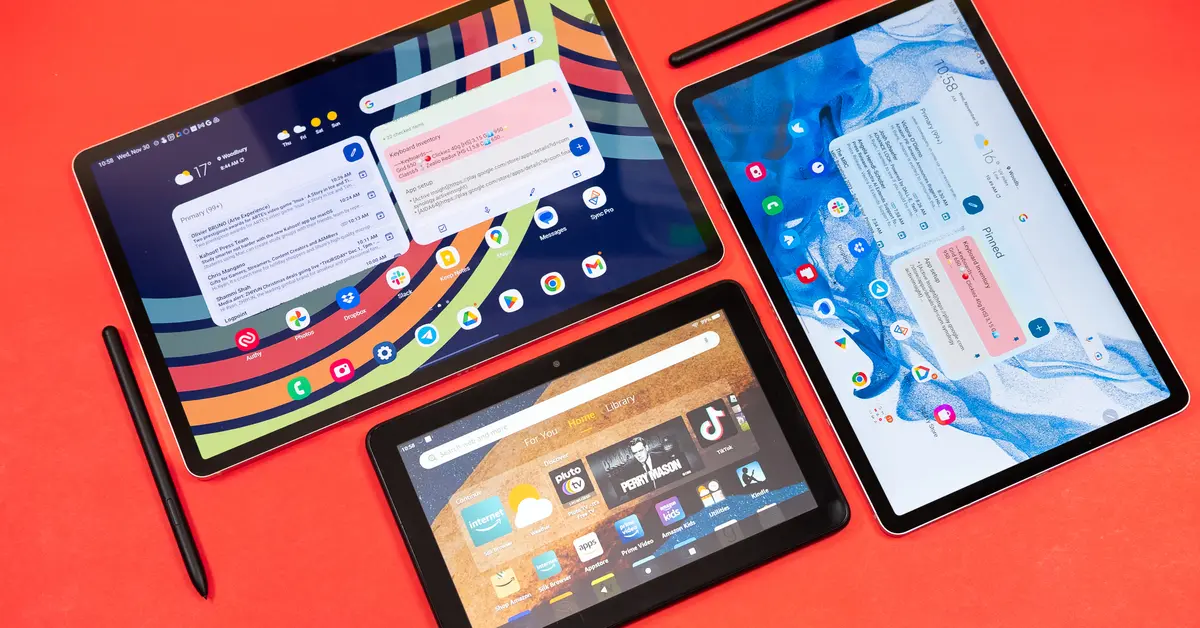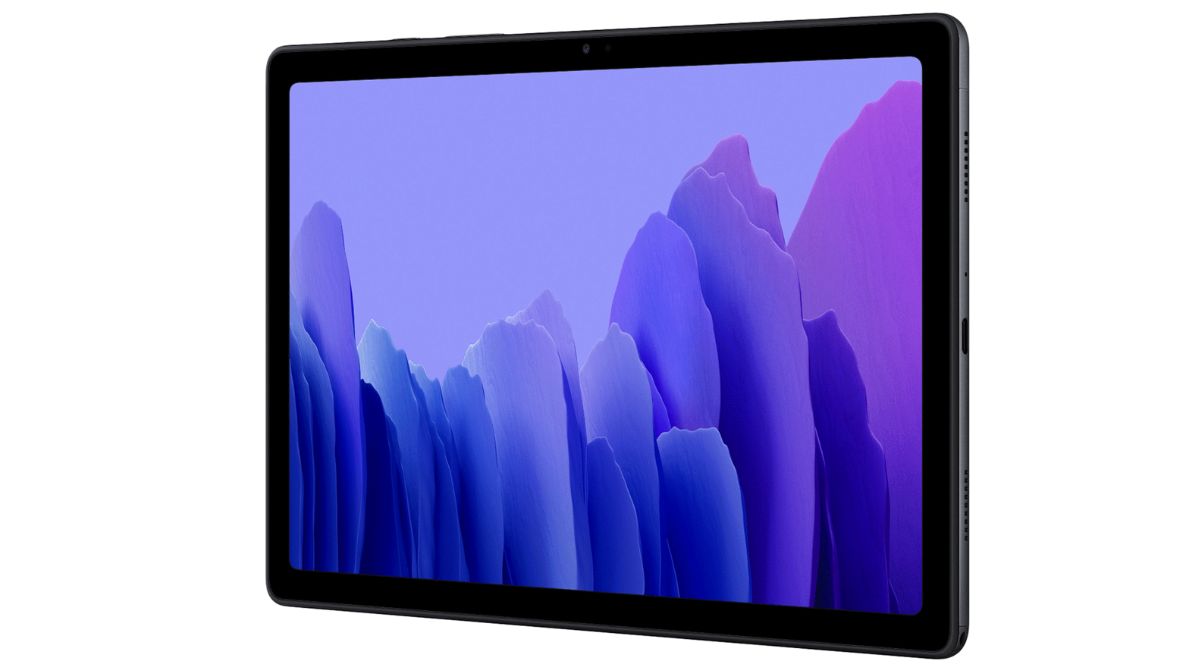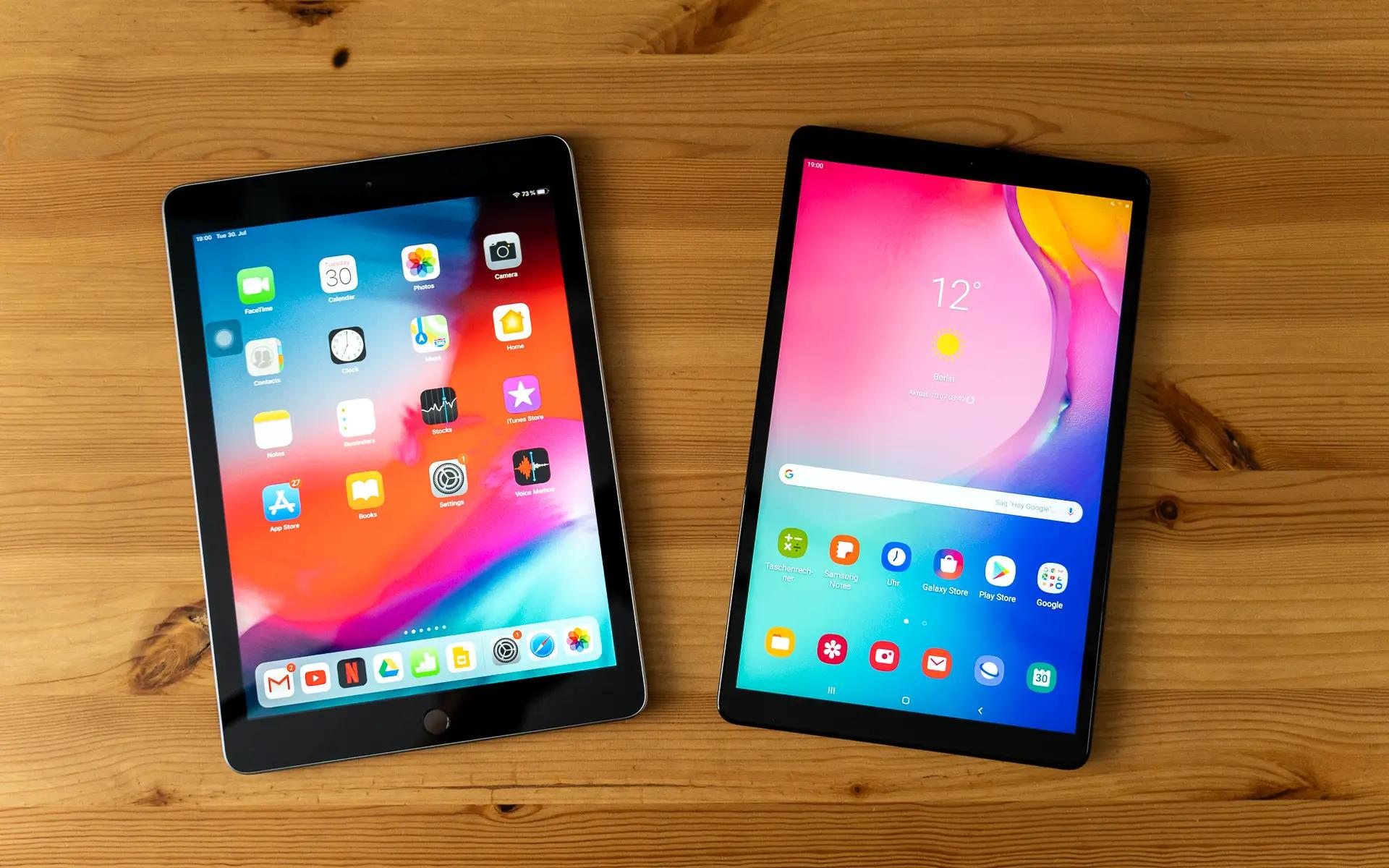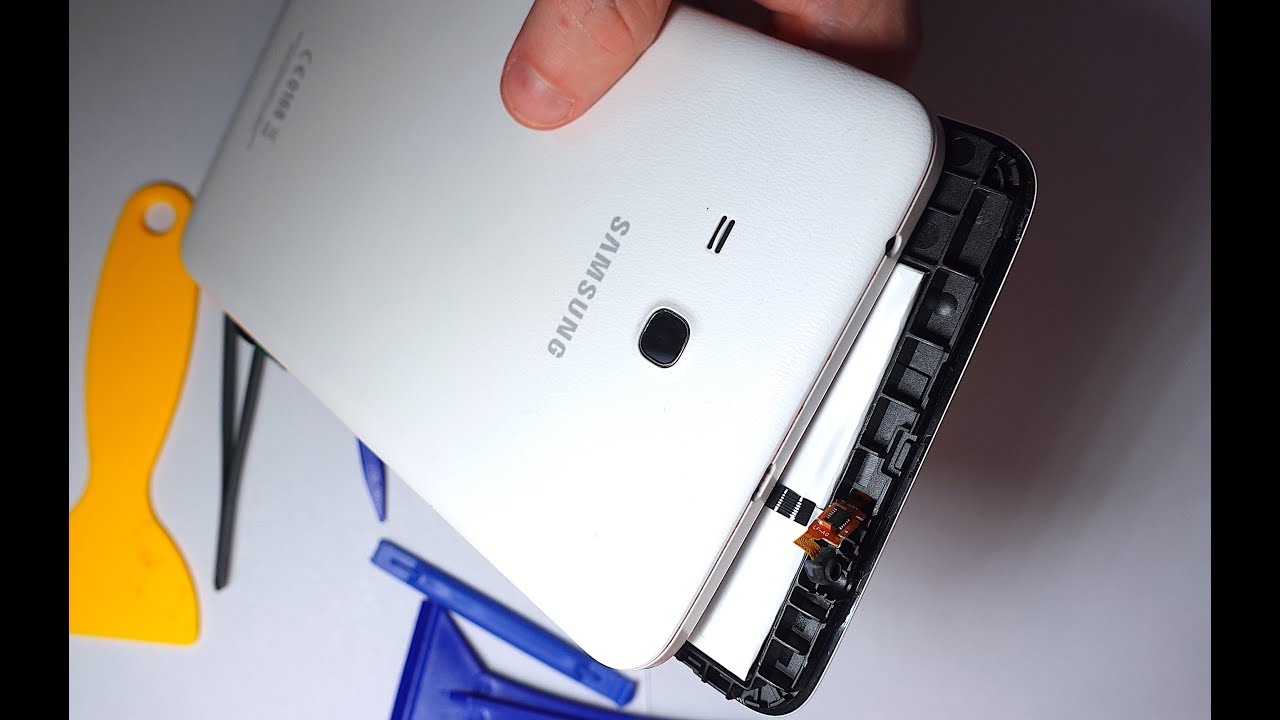Introduction
Welcome to our guide on how to upgrade your Samsung tablet! If you’re an owner of a Samsung tablet, you know how important it is to keep your device up to date with the latest software. Not only do updates bring new features and improvements, but they also enhance the overall performance and security of your tablet.
Upgrading your Samsung tablet is a relatively simple process that can be done by following a few easy steps. In this article, we will walk you through the necessary procedures to ensure a successful and smooth upgrade. From backing up your data to downloading and installing the latest software update, we have you covered.
Before we delve into the details, it’s important to note that upgrading your tablet often requires a stable internet connection. Therefore, make sure you have access to a reliable Wi-Fi network before proceeding with the upgrade process.
Additionally, it’s always a good idea to back up your data before performing any major software updates. Although the upgrade process is designed to retain your data, it’s better to be safe than sorry. You can either back up your data to an external storage device or utilize cloud-based backup services.
Now that we’ve covered the essentials, let’s dive into the step-by-step process of upgrading your Samsung tablet. By the end of this guide, you’ll have the knowledge and confidence to keep your tablet running at its best.
Backing up your data
Before you begin the upgrade process, it’s crucial to back up your data to ensure that none of your important files or settings are lost during the update. While the upgrade process is designed to preserve your data, there’s always a small chance that something could go wrong, so it’s best to be prepared.
To back up your data on a Samsung tablet, you have a couple of options. The first is to use Samsung’s built-in backup feature, which allows you to save your data to the cloud. To do this, follow these steps:
- Open the Settings app on your tablet.
- Scroll down and tap on “Accounts and Backup.”
- Select “Backup and restore.”
- Toggle on “Back up my data” and “Automatic restore.”
- Tap on “Backup account” and sign in with your Samsung account.
- Choose the data you want to back up, such as apps, settings, and app data.
- Tap on “Back up now” to start the backup process.
Once you’ve completed these steps, your data will be safely stored in the cloud, ready to be restored after the upgrade.
If you prefer to have more control over your backups or want to back up to an external device, you can also use third-party backup solutions. There are many backup apps available on the Google Play Store that offer comprehensive backup options and allow you to save your data locally or to an external storage device.
Whichever method you choose, make sure to double-check that your data has been backed up successfully before proceeding to the next steps. Take the time to verify that all your important files, contacts, and settings are included in the backup to avoid any potential data loss.
By backing up your data, you’ll have peace of mind knowing that even if something unexpected happens during the upgrade process, your valuable information will be safe and easily recoverable.
Checking for updates
Once you’ve backed up your data, it’s time to check if there are any available updates for your Samsung tablet. Samsung regularly releases software updates to provide bug fixes, security patches, and new features. By keeping your tablet up to date, you can ensure optimal performance and protect your device against potential vulnerabilities.
To check for updates on your Samsung tablet, follow these steps:
- Open the Settings app on your tablet.
- Scroll down and tap on “Software update.”
- Tap on “Download and install” or “Check for updates.” The specific wording may vary depending on your tablet model and Android version.
- Your tablet will now connect to Samsung servers and check for available updates.
- If an update is available, you will be prompted to download and install it. Make sure you have a stable internet connection and sufficient battery life before proceeding.
It’s important to note that the update process may take some time, especially if it’s a major update. Your tablet may need to restart during the installation process, so it’s best to perform the update when you have some downtime and don’t need immediate access to your device.
In addition to manually checking for updates, you can also set your tablet to automatically download and install updates. This way, you won’t have to remember to check for updates regularly. To enable automatic updates, go to the “Software update” section in the Settings app and toggle on the “Download updates automatically” or similar option.
By regularly checking for updates, you can ensure that your Samsung tablet is running the latest software, benefiting from the latest features and bug fixes. Keeping your device up to date will also contribute to a smoother and more secure user experience.
Connecting to a stable Wi-Fi network
Before proceeding with the software update, it’s essential to connect your Samsung tablet to a stable Wi-Fi network. A reliable internet connection is necessary to download the update files and ensure a smooth installation process. Here are the steps to connect your tablet to a Wi-Fi network:
- Swipe down from the top of the screen to access the notification panel.
- Tap on the Wi-Fi icon to enable Wi-Fi if it’s not already turned on.
- Your tablet will scan for available Wi-Fi networks. Tap on the network you want to connect to.
- If the network is secured, enter the password to establish a connection. Make sure to enter the correct password, as it is case-sensitive.
- Your tablet will now attempt to connect to the Wi-Fi network. Once the connection is established, you’ll see a Wi-Fi icon in the status bar, indicating a successful connection.
It’s crucial to connect to a stable Wi-Fi network, preferably one with a strong and consistent signal. Upgrading your tablet using a mobile data connection may result in interrupted downloads or data usage charges, especially for larger updates. If you don’t have access to a stable Wi-Fi network, consider connecting your tablet to a trusted and secure Wi-Fi hotspot.
Once you’re connected to a stable Wi-Fi network, you’re ready to proceed with the software update. Ensure that you have sufficient battery life or keep your tablet plugged into a power source during the update process to avoid any interruptions.
Now that you’ve established a reliable internet connection, it’s time to move on to the next step: downloading the latest software update for your Samsung tablet.
Downloading the latest software update
Now that you’re connected to a stable Wi-Fi network, it’s time to download the latest software update for your Samsung tablet. Samsung regularly releases updates to improve performance, add new features, and address any security vulnerabilities. Downloading and installing these updates will ensure that your tablet is up to date and functioning at its best.
To download the latest software update, follow these steps:
- Open the Settings app on your tablet.
- Scroll down and tap on “Software update.”
- Tap on “Download and install” or “Download updates manually.” The exact wording may vary depending on your tablet model and Android version.
- Your tablet will connect to Samsung servers to check for available updates.
- If a new update is available, you’ll see a prompt to download and install it. Tap on “Download” to initiate the download process.
- Depending on the size of the update and the speed of your internet connection, the download process may take some time. Ensure that your tablet is connected to a reliable Wi-Fi network and has sufficient battery life.
- Once the download is complete, your tablet will be ready for the next step: installing the software update.
It’s worth noting that some updates may require a considerable amount of storage space. If your tablet doesn’t have enough free space to download the update, you may need to free up some space by deleting unnecessary files or apps.
Downloading the latest software update is a crucial step in keeping your Samsung tablet up to date and running smoothly. By staying on top of updates, you can enjoy the latest features and improvements while ensuring the security and stability of your device.
Installing the software update
Now that you have downloaded the latest software update for your Samsung tablet, it’s time to install it. Installing an update will not only bring new features and improvements but also fix any existing bugs and enhance the overall performance and security of your tablet.
Follow these steps to install the software update on your Samsung tablet:
- Open the Settings app on your tablet.
- Scroll down and tap on “Software update.”
- Tap on “Install now” or “Install updates” to begin the installation process. If you have multiple downloaded updates, select the most recent one.
- Before proceeding with the installation, make sure your tablet is connected to a stable Wi-Fi network and has sufficient battery life. It’s recommended to plug your tablet into a power source to prevent any interruptions during the installation.
- Read through the terms and conditions, if prompted, and tap on “Agree” to proceed.
- Your tablet will now begin installing the software update. The installation process may take some time, and your tablet may restart multiple times during the process. Do not turn off your tablet or interrupt the installation in any way.
- Once the installation is complete, your tablet will restart, and you’ll be greeted with the updated software version.
After completing the installation, take some time to explore the new features and improvements that come with the update. You may notice enhancements in performance, user interface, and security, among other aspects.
Remember to periodically check for new software updates to ensure that your Samsung tablet remains up to date. Regularly updating your device will provide you with the best user experience and keep your tablet running smoothly.
Resetting your tablet (optional)
While not mandatory, performing a reset on your Samsung tablet after installing a software update can help optimize performance and ensure a fresh start. Resetting your tablet can resolve any lingering software issues or conflicts that may have persisted even after the update. It’s important to note that resetting your tablet will erase all data and settings, so it’s crucial to back up your important files before proceeding.
Here are the steps to reset your Samsung tablet:
- Open the Settings app on your tablet.
- Scroll down and tap on “General management.”
- Select “Reset.”
- Tap on “Factory data reset” or a similar option.
- Read through the warning message and confirm your selection.
- Enter your tablet’s security code or PIN if prompted.
- Tap on “Delete all” or “Reset tablet” to initiate the reset process.
- Your tablet will now erase all data and settings, and reset to its factory default state.
- Once the reset is complete, your tablet will restart, and you can set it up as a new device.
Before resetting, ensure that you have backed up all your important data and settings. You can either use the Samsung backup feature mentioned earlier or utilize third-party backup solutions to save your data externally.
Performing a reset can be beneficial if you’ve been experiencing persistent issues with your tablet’s performance or if you want to start fresh with the latest software update. It can help resolve software conflicts, remove unnecessary files, and optimize the overall performance of your tablet.
However, it’s important to note that resetting your tablet should be done with caution and only as a last resort if you’re experiencing significant issues. If your tablet is functioning well after the software update, there’s no immediate need to perform a reset.
As always, make sure to reinstall any necessary apps, restore your data from the backup, and reconfigure your settings after the reset process is complete.
Conclusion
Congratulations! You have successfully learned how to upgrade your Samsung tablet. By following the steps outlined in this guide, you can ensure that your tablet is up to date with the latest software, enjoying new features, improved performance, and enhanced security.
Remember, before starting the upgrade process, it’s important to back up your data to prevent any potential loss. Utilize the built-in backup feature or third-party backup apps to securely store your files and settings.
Checking for updates regularly ensures that you don’t miss out on important software releases. By connecting to a stable Wi-Fi network, you can download the latest software update swiftly and efficiently.
Once downloaded, proceed with the installation process, ensuring that your tablet has ample battery life and a reliable internet connection. This will guarantee a successful and seamless upgrade experience.
While optional, resetting your tablet after the software update can help optimize performance and resolve any persistent software issues. Remember to back up your data before performing a reset and be prepared to reconfigure your settings after the process is complete.
In conclusion, upgrading your Samsung tablet is a straightforward process that can significantly enhance your device’s functionality and security. Regularly keeping your tablet up to date ensures that you are making the most of your device’s capabilities and enjoying the best user experience possible.
Now that you have the knowledge and confidence to upgrade your tablet, go ahead and enjoy the benefits of the latest software updates on your Samsung tablet!









